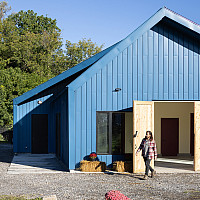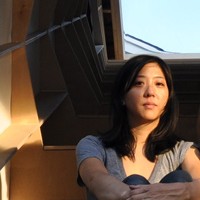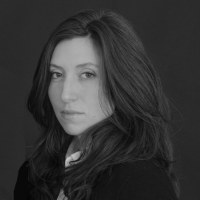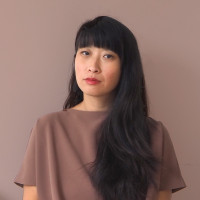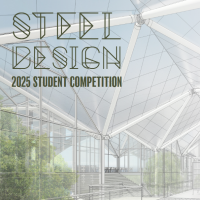Charles Davis II
Associate professor of architectural history and criticism, University of Texas at Austin
Black Architectural Modernity as the Materialization of Social Praxis
This lecture challenges traditional categorizations of Black material culture to propose a more nuanced conception of Black architectural modernity. The binary categorization of buildings as vernacular or avant-garde is insufficient to define the cultural projects of the “Black architect” during the modern period. The presiding definition of nineteenth-century architecture as the art of building—a definition that drove professionalization in the United States—was predicated on Beaux-Arts theories that were instrumental to and inextricable from French colonialism abroad. The whiteness of this professional ideal effectively rendered the labor of the Black architect invisible at a disciplinary level. Recovering the cultural genius of the Black architect requires us to analyze the ways that his or her professional skillsets were already undertaken by, and thus continued, the work of other historical actors. I argue that the skillsets required to shape Black spaces were never monopolized by the licensed architect but were always shared between a range of elite actors dedicated to the social project of racial uplift at the turn of the century. In this cooperative model of architectural design, the licensed architect learned to materialize the social practices that Black subjects had defined for nearly a century. In this alternative model of architectural history, the pre-professional practices of “Black builders” established a foundation of modernist formal innovations, even as these historical practices were translated into architectural languages that were incapable of visually expressing these ideals. I will use the collaborations of Madam CJ Walker, a Black entrepreneur, and Vertner Tandy, NY State’s first licensed Black architect, as a case study to demonstrate the potentials of this model of redefining architectural history.
Co-sponsored by the Department of Art and Music Histories

